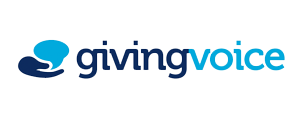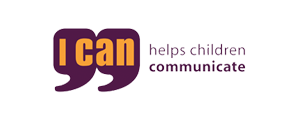Stammering therapy
Stammering therapy is used to support children that have difficulty in producing fluent speech. Stammering is identified through specific types of disruptions and dysfluencies in speech production, that impact on a child’s communication skills.
Who is suitable for stammering therapy?
Stammering therapy is suitable for children who have a stammer (stutter) or have dysfluent speech. Characteristics of dysfluent speech include:
- Repetitions of individual speech sounds e.g. s..s..s..s..sit.
- Repetitions of parts of a word e.g. chi…chi…chi…chicken.
- Repetitions of whole words e.g. the…the…the… the dog.
- Prolongations of sounds – this is when the child stretches a sound e.g. mmmmmum.
- Blocking - stopping either the air flow or their voice from coming out.
How to spot a child who needs stammering therapy
Children who have a stammer may often present with certain difficulties such as:
- Use of interjections such as ‘umm’, or ‘like’ to delay speech.
- Pausing for longer periods than normal during a conversation.
- Frustration because talking takes a lot of effort.
- Physical behaviours that occur secondary to the dysfluency such as stamping feet, blinking and leg slapping.
- Avoidance of situations where stammer is worse.
- Rewording or choosing word that are less likely to be stammered on.
- Children my act as though they have forgotten what to say or choose to remain quiet.
- Impact on confidence.
- Impact on social communication and social interaction.
- Embarrassment or negative thoughts around talking in classroom or group setting.
- Language delay or disorder.
- Speech difficulties.
What’s involved in stammering therapy?
Stammering is a complex condition with a range of characteristics. The speech of many children who stammer may sound the same, however the impact of the stammer on the child and the triggers for the stammer may vary greatly. Some very young children are unaware of their stammer and therefore may not be impacted at all by their stammer. Therapy needs to be considered on an individual basis taking into consideration all of the child’s needs.
Therapy can be given in two different forms, direct therapy or indirect therapy. Direct therapy involves the speech and language therapist working directly with the child to increase their awareness of stammering as well as working on techniques to improve fluency. Indirect therapy is often used by the speech and language therapist with younger children. Indirect therapy requires the speech and language therapist to work with parents and the child’s environment to create a relaxed communication friendly environment.
Benefits of stammering therapy
The benefits of speech and language therapy for children who stammer can be life changing. The following are the common benefits of stammering therapy:
- Controllable stammer.
- Increase in confidence.
- Increase in others understanding of the child’s speech.
- Increased awareness of triggers that may cause the stammer and how to manage them.
- Techniques to increase fluency.
- Increase in social communication.
- Decrease in anxiety associated with the stammer.
Stammering therapy can have a range of benefits for your child. It can help provide them with the skills and environment they need to communicate confidently.
Speak to one of our therapists further
If you are interested in finding out more information about stammering therapy, please email office@sltforkids.co.uk or call us on 0330 088 2298.








